
10 Stories Of People Who Shunned Civilization For Years
By Beverly Jenkins, Oddee, 8 September 2013.
By Beverly Jenkins, Oddee, 8 September 2013.
Whether determined to live "off the grid," disillusioned with society, or simply out of contact with the outside world, these people all willingly lived in seclusion for decades.
1. Vietnamese Father and Son Who Fled War Are Discovered 40 Years Later
During the Vietnam War, a man named Ho Van Thanh lived in a village called Tra Kem with his wife and three sons. As the conflict between United States and Vietnamese soldiers escalated, Thanh became increasingly more afraid for his family's safety. Then, one day he watched in horror as his wife and two of his sons were killed in a mine explosion.
Panicked, the forty-two year-old man grabbed his one remaining son, two-year-old Ho Van Lang, and fled into the jungle to hide. Never realizing that the war had ended, the two remained in hiding for the next forty years.
In August of 2013, workers from a nearby village spotted the men dressed in loin cloths made from tree bark, and alerted authorities. After a five hour search, the now eighty-two year-old and forty-one year-old men were found. The older man still remembered some of the local dialect, so he was able to communicate what had happened to their family all those years ago. He also informed them that he and his son had survived by growing corn and foraging for fruit and vegetables. They had built an elaborate tree house to live in, which pictured above.
Both men were treated by physicians and will attempt to reintegrate into modern society.
2. Man Hides In Maine Woods For 27 Years
For nearly thirty years, residents of North Pond in central Maine told stories about a hermit who lived in the woods and occasionally burglarized nearby homes and camps for food and supplies. The tales became the stuff of legend, a folklore for modern times.
The legend became a reality in April 2013, when a state game warden caught the North Pond Hermit mid-theft. Forty-seven year-old Christopher Knight was caught stealing food and camping gear from a camp on the lake, ending his twenty-seven year hermitage and confirming the rumours once and for all. Though Knight apologized for stealing, authorities speculate that he could be responsible for as many as a thousand burglaries over the years.
At a court hearing in August 2013, Knight pleaded not guilty to seven burglary and six theft charges. He says he went into the woods at age nineteen, and during that time he spoke to just one other person, a hiker he came across on a trail sometime in the 90's. Knight claims to have kept his mind sharp by reading books that he had swiped from the homes he had burglarized. He is currently awaiting trial.
3. Russian Family Hid In Siberian Woods For 40 Years
In 1978, Russian geologists journeyed to a remote location in the Siberian wilderness, but instead of discovering precious mineral resources, they uncovered a family of six who had been living undetected for forty years.
Karp Lykov and his family were Old Believers, members of a fundamentalist Russian Orthodox sect who had long been persecuted in the Soviet Union. During the Bolshevik Revolution, many Old Believer communities fled to Siberia to escape religious persecution, and the Lykovs were among them. In 1936, a Communist patrol shot Lykov's brother right in front of him, so he gathered up his wife and two young children and fled into the forest.
Taking just their meagre possessions and some seeds, they progressively moved further and further from society until they were about one hundred miles from the border of Mongolia. The couple bore two more children, and the family of six lived off of whatever they could grow and forage. They were often near starving, and it wasn't until one of their sons reached adulthood that they were able to start trapping and hunting prey to add protein to their diets. Still, they were severely malnourished, and the family's mother died of starvation in 1961 after giving her share of food to her children.
The family had no idea that things like the moon landing or World War II had even happened. They were fascinated by small things like the cellophane on a package. Over time the younger children had developed a strange dialect that outsiders could barely recognize as Russian. After the geologists made contact, the family slowly began to trust them, but the deeply religious family always refused to leave their isolated home. Eventually, they started to accept small gifts of salt and other precious foods that they had lived without for so many years.
Just a few short years after making contact, three of the four children had died from kidney failure due to complications from their years of malnutrition. One son died from pneumonia, but adamantly refused medical attention, saying, "A man lives for howsoever God grants."
The father died in 1988. Agafia Lykova, the last remaining family member, continues to live there alone. She is almost seventy and has never set foot outside of her homestead.
4. A Japanese Soldier Refused To Believe The War Was Over
In 1944, the Japanese army sent Lt. Hiroo Onoda and several other cells to the sparsely-populated Philippine island of Lubang to conduct guerrilla warfare during World War II. Although the war ended soon after, Onoda and his compatriots were never officially told, so they continued to stay and fight with locals for the next thirty years.
Onoda continued to live in the jungle for decades, living off of coconuts and bananas. In October 1945, the Japanese government attempted to notify soldiers who were hiding in remote jungles that the war was over, but Onoda and his compatriots believed the newspapers and flyers that had been dropped by aircraft to be Allied propaganda. The men scrutinized every word of the flyers, but decided that they would not surrender until their commanding officer gave them the word. Search parties were issued, but no one could ever find the men.
Over the years, all of the other men died, and one man decided to surrender and sneaked away from their camp. Onoda lived alone for another twenty years, becoming a legend among Japanese and Filipino nationalists who believed that he had died. In 1974, a backpacker found Onoda and convinced him that the war had indeed ended, but Onoda stubbornly refused to believe him.
The backpacker, Norio Suzuki, left the island and arranged a meeting between Onodo and his now-retired commanding officer. When Onodo learned the truth, he was shocked beyond belief. He was hailed as a hero in Japan, and he was pardoned for the Filipino men he had killed and injured while living on the island for all those years. Once reintegrated with society, Onado decided that he preferred a simple, solitary lifestyle. He moved to Brazil and ran a ranch, returning to his island just once more in 1996.
5. The Last of His Tribe, A Man Lives Alone In The Brazilian Rainforest
Nearly twenty years ago, Brazilian officials discovered an Indian man, likely the last of an uncontacted tribe, living alone in the Brazilian rainforest. Officials pondered what to do about the man. Their attempts to make peaceful contact had not gone well, with the man firing an arrow into the chest of one of the rescue workers. Previous attempts to bring tribesmen into modern civilization had gone badly as well, with the isolated people generally dying soon after being integrated into society.
With logging and industrialization closing in around the solitary man, government officials declared a thirty mile radius of land around him to be off limits for development or trespassing. The man, who is now in his mid-forties, still lives the loneliest existence ever to this day.
6. Man Happily Spends 30 Years Alone In Remote Alaskan Cabin
After a long career in the Navy and as a diesel mechanic, Richard Proenneke chose a very unique retirement lifestyle. He built a cabin high in the Alaskan mountains in a place called Twin Lakes, where he lived alone off the land for nearly thirty years.
Proenneke would venture to the lower forty-eight states to see family a few times over the course of his reclusive retirement, but largely, he spent his time alone in the remote Alaskan wilderness. He hunted, fished, and studied the natural setting with the keen observational eye of a born scientist.
Proenneke kept a film record of his solitary life, which was later edited and made into a series of PBS documentaries entitled "Alone in the Wilderness." His writings were also adapted into several books, and he made several valuable recordings of both meteorological and natural data.
7. The Lone Woman of San Nicolas Island
In 1835, California officials ordered that all Indians be removed from the tiny island of San Nicolas, the most remote of the Channel Islands. Located about fifty-three miles west of the coast of Los Angeles, the island had been plagued by fighting between Indian tribes. During the evacuation, one woman refused to leave because she claimed her small child was missing. She disappeared from view and wasn't seen again for almost twenty years.
In 1853, a hunting expedition came upon the same woman. She had never found her child and spoke a language no one had ever heard before, but she charmed everyone who met her with her broad smile and happy disposition. The hunters brought her back to the mainland, and she was surprised and delighted by the modern world. Unfortunately, she lived just seven weeks after being reintegrated into society, dying from dysentery.
8. Solo Explorer Disappears After Spending Five Years Alone
Everett Ruess was born in 1914, but no one knows when he died because he spent his entire life alone. Ruess was an artist, poet, and writer who explored nature by foot and by horseback for years, spending much of his time in the High Sierra, California Coast, and the deserts of the American southwest. He disappeared in the late 1930s, when he was just twenty years old, while traveling through a remote area of Utah.
Ruess was one of the first Americans to reach out to Native Americans and live among them. During his travels, he explored cliff dwellings and traded his artwork for food and other provisions. He never spent more than a day or two with other humans, choosing instead to remain alone. He kept diaries which were later turned into books, documenting his unusual way of life and lack of desire to be a part of any formal civilization.
His death remains a mystery to this day. Some think he died an accidental death by falling or drowning, others suspected foul play. His strange lifestyle and mysterious disappearance have turned him into a folk hero among naturalists and historians.
9. Christopher McCandless Goes "Into The Wild"
In 1990, after graduating with honours from Emory University, Christopher McCandless donated the remaining US$24,000 in his college fund account to charity, unburdened himself of family ties and all of his belongings, and took off on a cross-country adventure. Calling himself "Alexander Supertramp," McCandless traveled with no money and very little contact with the outside world. He arrived at his final destination, Fairbanks, Alaska, on April 28, 1992.
Just four months later, McCandless's frail body was found on a Fairbanks City bus on the Stampede Trail. Weighing just sixty-seven pounds, he died from starvation and from eating poisonous mushrooms. Writer Jon Krakaeur wrote an award-winning book about McCandless's tragic trek away from civilization. The book is called "Into The Wild," and it was eventually adapted into movie starring Emil Hirsch.
Christopher McCandless is a controversial figure. While many people feel sympathetic towards this young man who wished to live a solitary life, others criticize his lack of preparation and basic knowledge of survivalism.
10. Woman Committed To Living 'Off The Grid' Lives In “Hobbit House”
In 1995, a small group of people bought a large piece of land in Wales with the intention of making it a commune. They lived peacefully "off the grid" for years, until the government stepped in and questioned their rightful ownership of the land. A legal battle that lasted for a decade ensued, but in the end, it was determined that they did indeed own the land and had every right to live there.
Among these survivalists was Emma Orbach, an Oxford educated woman who now lives in a Hobbit-style hut that she made herself. Orbach divorced her husband, who is also a survivalist, and now lives on her own in a round house that she built herself. She grows her own food, produces her own power, and prides herself on living without the benefit of societal rules. Orbach keeps her own farm animals, fetches her water from a stream, and ventures to nearby shops very rarely for treats like chocolates.
"This is how I want to live," Orbach says, "This lifestyle makes me feel really happy and at peace and this is my ideal home."
Related Posts:
1. The 5 Most Secluded Cultures In The World
2. 10 Strangest Places People Actually Lived
1. The 5 Most Secluded Cultures In The World
2. 10 Strangest Places People Actually Lived

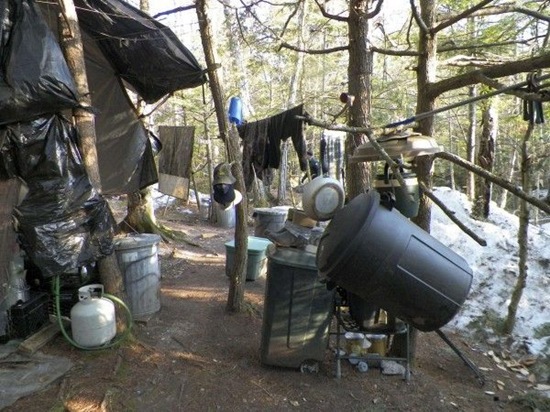
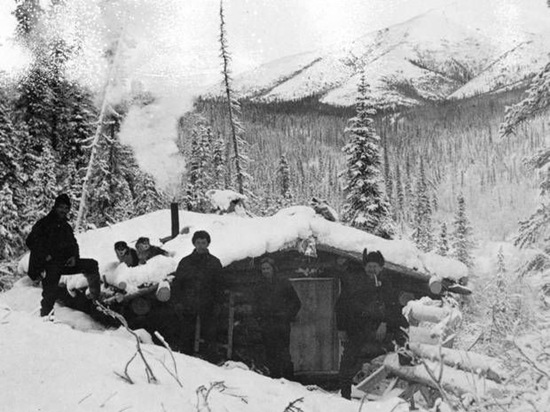
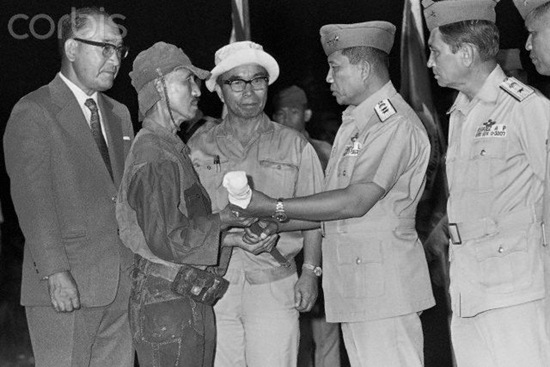
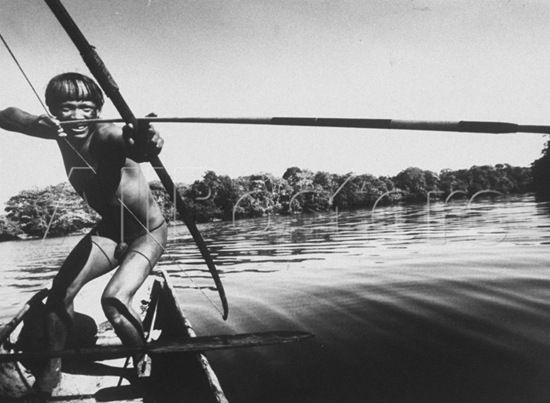
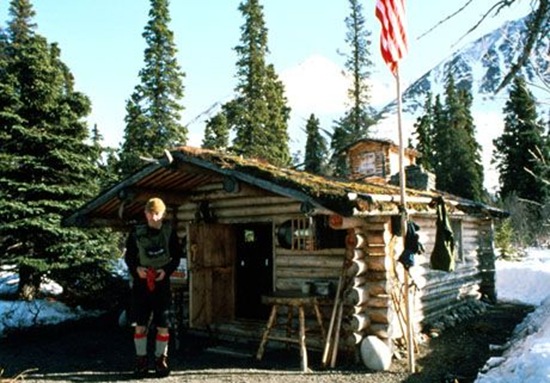
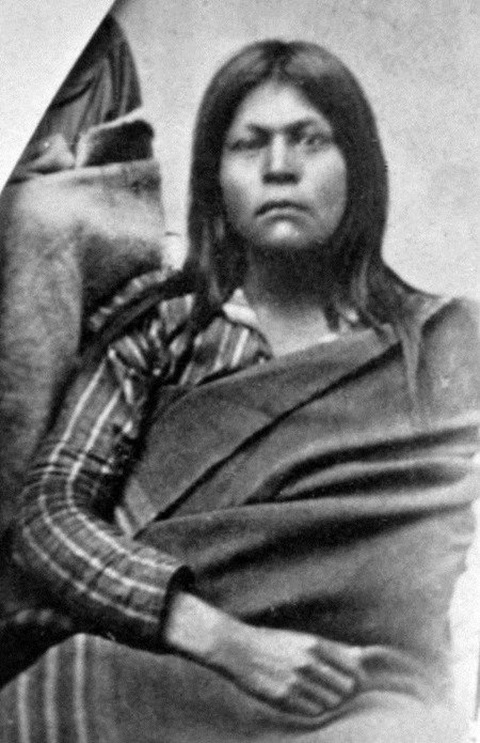

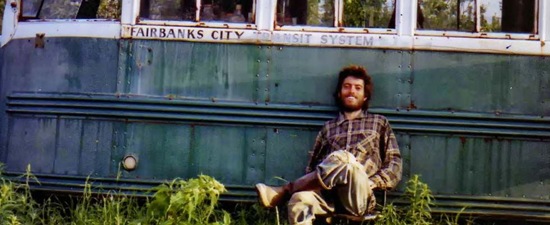
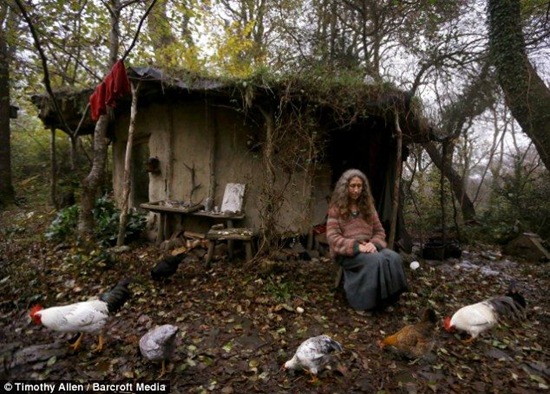
No comments:
Post a Comment
Please adhere to proper blog etiquette when posting your comments. This blog owner will exercise his absolution discretion in allowing or rejecting any comments that are deemed seditious, defamatory, libelous, racist, vulgar, insulting, and other remarks that exhibit similar characteristics. If you insist on using anonymous comments, please write your name or other IDs at the end of your message.